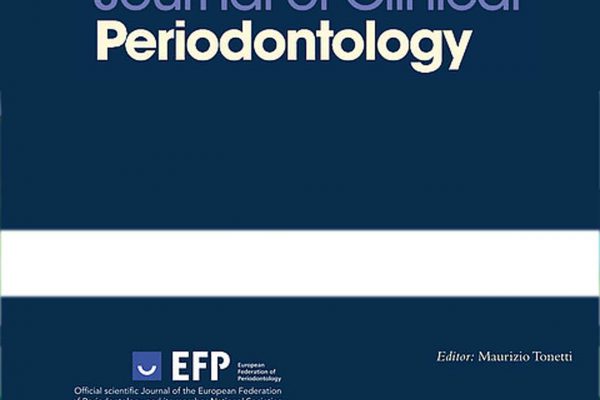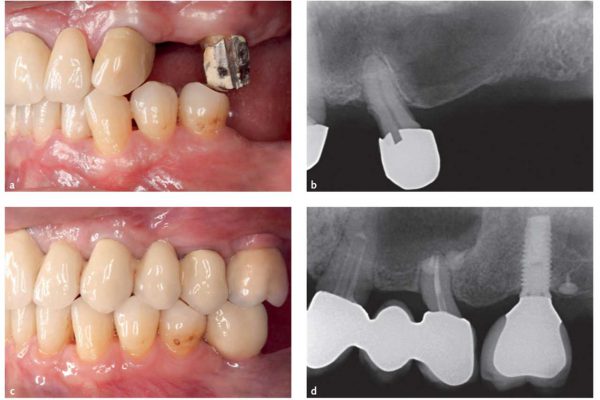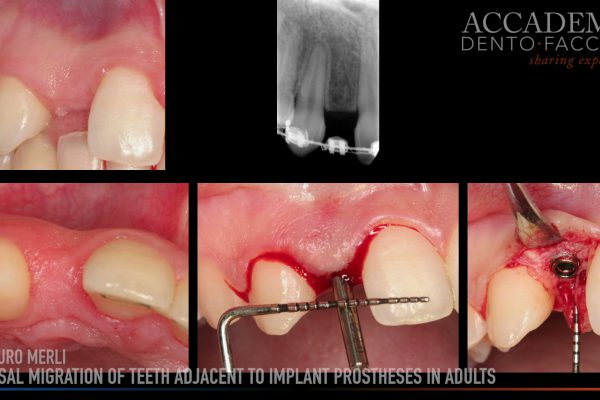Ceramic vs composite veneering of full arch implant-supported zirconium frameworks: assessing patient preference and satisfaction.
A crossover double-blind randomised controlled trial
Mauro Merli, Eugenio Bianchini, Giorgia Mariotti, Marco Moscatelli, Matteo Piemontese, Giorgio Rappelli, Michele Nieri
Purpose: The objectives of this two-period, crossover, mono-centred, double-blind, randomised controlled trial (RCT) were to compare two different materials used for full arch implant-supported prosthetic restorations with regard to patient preference and impact on a patient’s quality of life. Materials and methods: Edentulous patients requesting one full arch restoration in the mandible or maxilla supported by dental implants were included in this study. Patients were randomised to receive either a full arch zirconia framework hand-veneered with ceramic, or a full arch zirconia framework hand-veneered with composite material. After 1 month, the first randomised restoration was substi- tuted by the other, which was left in function for a further observation period of 1 month. Outcome measures were: patient preference and satisfaction (OHIP-21), complications, visual analogue scales for chewing comfort, aesthetic acceptance, phonetic comfort, full mouth plaque score (FMPS). Results: Twenty-four patients were randomised to the treatments in the two periods. There was one dropout. At the end of the study, 16 patients (70%) preferred to wear ceramic prosthesis and 7 patients (30%) preferred to wear composite prosthesis (ceramic preference: 70%; 95%CI from 47 to 87%; P = 0.0605). Difference in OHIP-21 reduction between the two treatments was not significant (difference 0.5, 95%CI from -2.8 to 3.8, P = 0.7788). There was one minor complication during the ceramic period in one patient and one minor complication during the composite period in another patient (odds ratio 1.00, 95%CI from 0.06 to 15.99, P = 1.0). The difference in FMPS between treatments was not significant (0.5, 95%CI from -1.3 to 2.2, P = 0.5731). Difference in VAS between the two treatments was not significant for general satisfaction (P = 0.2067), chewing comfort (P = 0.8345) and phonetics (P = 0.9167). Difference in VAS between the two treatments was significant for aesthetic acceptance favouring the ceramic prosthesis (difference 0.9, 95%CI from 0.006 to 1.8, P = 0.0486).
Conclusions: No difference between the two treatments was detected for preference, changes of OHIP-21, complications, reduction of FMPS, VAS changes regarding patient satisfaction, chewing and phonetics. Nevertheless, a slight difference was detected in the VAS regarding aesthetic accept- ance favouring the ceramic material.
Funding: The study was supported by Nobel Biocare (grant 2012-1077). Thanks to this contribution, the patients who consented to participate in this RCT were not charged for the material provided by Nobel Biocare. In addition, the patients benefited from a further back-up prosthesis that was pro- vided to them completely free of charge.
Eur J Oral Implantol 2017;10(3):311–322





